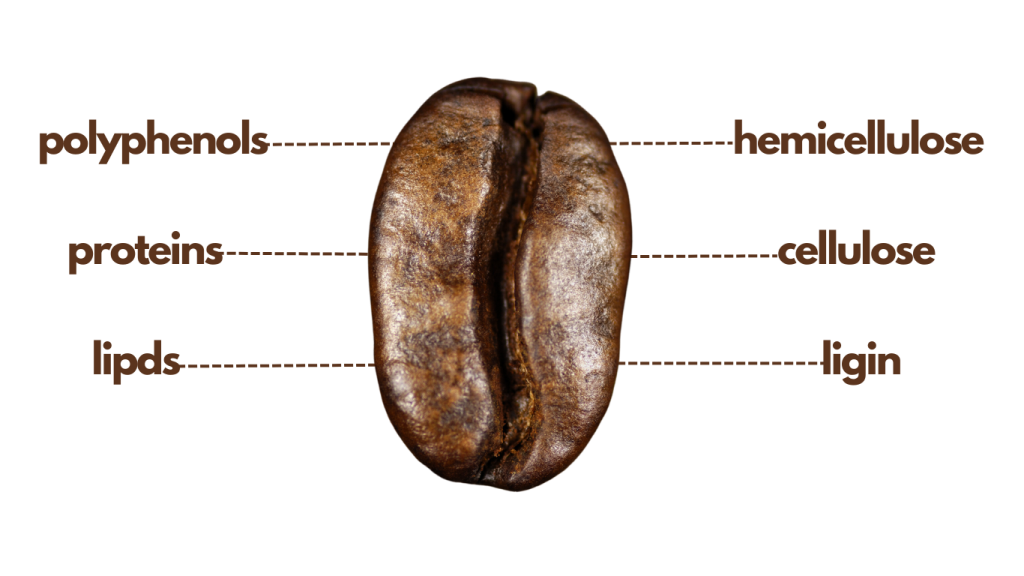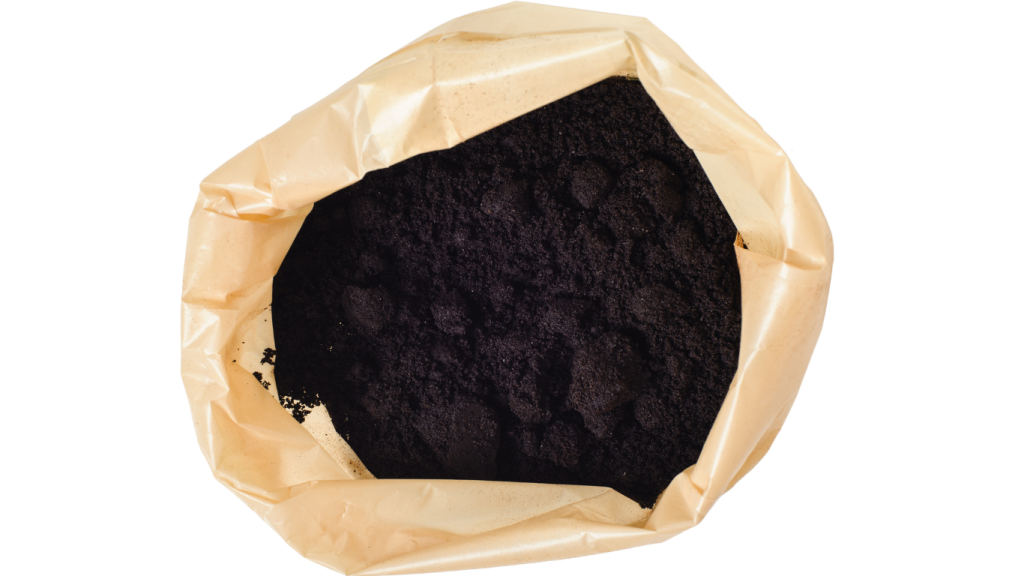Why #upcyclingcoffee?
1. Coffee is awesome.
2. It has always been there for us and will always be.
3. It has a lot more to offer than the beverage itself.
4. It’s being wasted every single day and we need to save it.
5. Well, it’s coffee after all. Come on we gotta do something!

All about used coffee grounds

In one sentence, used coffee grounds are what’s left behind after we make coffee.
When we brew coffee using fresh coffee beans, we first grind the beans to get ground coffee. Then we mix hot water with the ground coffee to create a beautiful cup of coffee. However, since the coffee grounds are not soluble in water, after the water has passed through the ground coffee, it leaves behind the used coffee grounds.
Coffee grounds are like little brown particles or crumbs. They have a texture similar to wet sand or soil and feel a bit gritty when touched. Coffee grounds are the leftover parts of the coffee beans that have already given all their flavor to the water. They have done their job of making the coffee taste yummy! So, we don’t need them anymore for making more coffee.
Instead of throwing them away, we can find other uses for coffee grounds. Some people use them to help plants grow. Plants really like coffee grounds because they have nutrients that can make the soil healthier. It’s like giving plants a special treat to help them grow big and strong. Others use coffee grounds in art projects. They mix the coffee grounds with glue or paint to create interesting textures and colors on paper or canvas. It’s like making beautiful pictures with a special ingredient.
When you brew a cup of coffee, less than 1% of coffee’s health-enhancing compounds are utilised. So, even though spent coffee grounds can’t be used anymore to make more coffee, they still contain a lot of rich properties to be used to make other personal and home care products.

Some facts about coffee
In 2018, over 9 billion kilos of coffee were consumed worldwide.
99% has been mistakenly treated as waste for centuries.
Every day, over 2.25 billion cups of coffee are consumed worldwide, and the SCG often ends up as waste in plastic bags, mixed with other trash in garbage dumps.

Every day, over 2.25 billion cups of coffee are consumed worldwide, and the used coffee grounds often ends up as waste in plastic bags, mixed with other trash in garbage dumps. The 9 billion kilos of coffee consumed yearly worldwide is treated as waste, or is not properly disposed, being left decomposing in a landfill and generating tons of methane a day, a greenhouse gas 86x harmful for the environment than CO2.
For every tonne of coffee “waste” decomposed in a landfill, 340m3 of methane are released in the environment.
With an ever-increasing coffee-drinking culture, this problem is only set to worsen. Most coffee establishments also have to pay high commercial waste rates to remove their abundant, wet and heavy coffee grounds. So, what if these waste grounds could avoid a trip to landfill and then a wonderful new and meaningful purpose found for them to benefit our wellbeing and our communities? We work to transform these spent coffee grounds into value, giving new life to a material previously considered waste, and contributing to a circular economy.